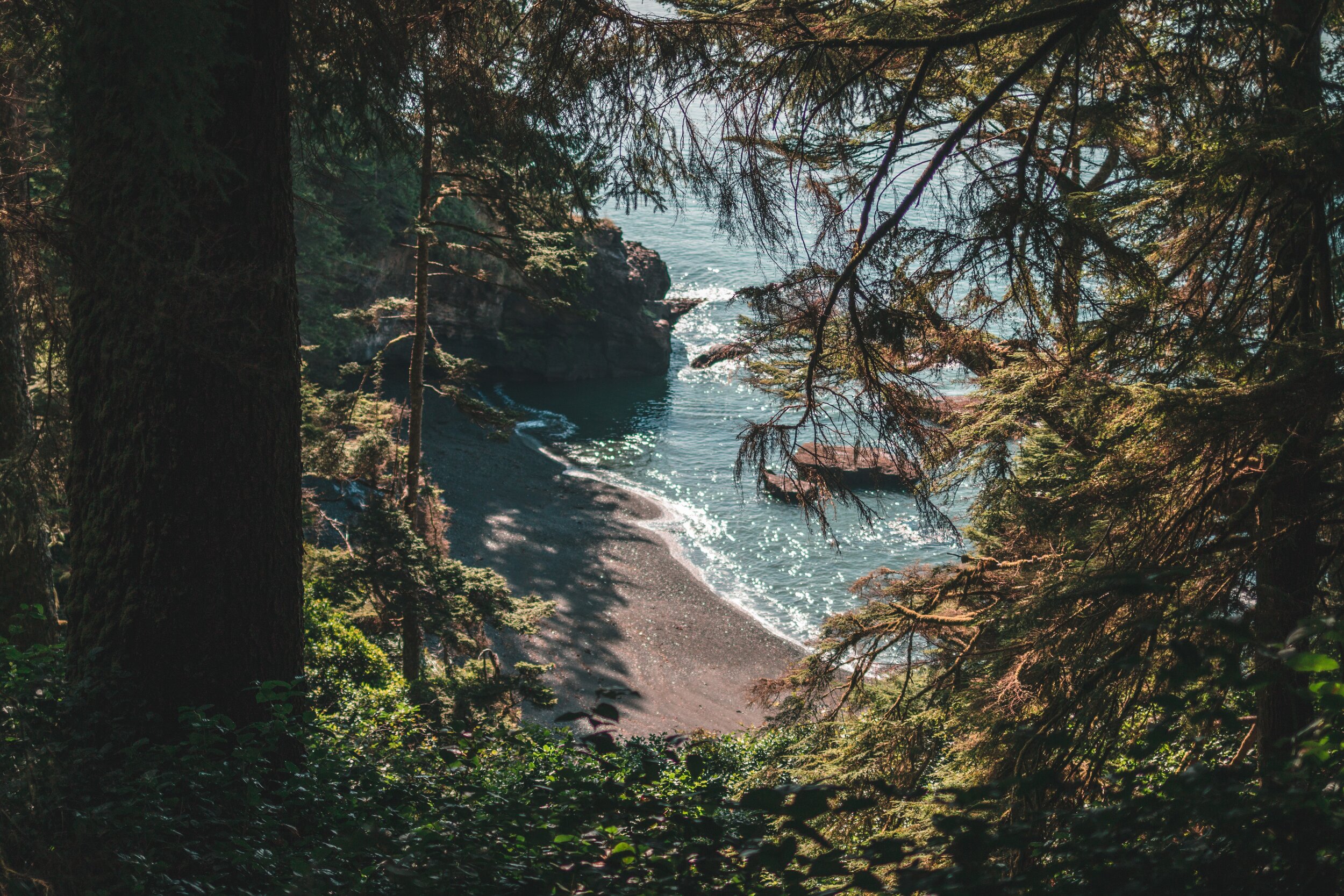
Our History
The community of Pauquachin, a name generally meaning “the land of cliffs and bluffs”, is historically a First Nations community that is located on Southern Vancouver Island.
Pauquachin was originally part of the WSANEC (Saanich) Nation, which also includes Tsawout, Tsartlip and Tseycum. These bands share a common history and territory. The Saanich Nation belongs to a broader cultural group known as Central Coast Salish. Saanich First Nation settlements have been mostly concentrated on the western side of the Saanich Peninsula. the population in Pauquachin began as a small group of 14 families and many of these families are still present today.
Economy
Historically, Pauquachin’s economic life has been based on salt-water adaptation due to the community’s position on the Saanich Peninsula. Saanich people developed a reef-netting technology to gather their food, which was unique to their cultural area. Fishing and hunting sites were organized into areas that were “owned” by certain families and ares that were “open” to everyone. historians found that the majority of sites were open resource areas.
The material culture and residential pattern of the Saanich people were oriented around the seasonal availability of ocean foods within their traditional lands. Some historians believe that Point Roberts was the summer fishery for the Saanich people while Goldstream was the winter fishery (Ministry of Justice, 2013).
Housing
According to historical records, traditional Saanich housing comprised of 100 foot long cedar longhouses and they would house multiple families (Wonders, 2008). In 1932, artist Arthur Pitts created a painting of a 100 foot cedar longhouse on the Pauquachin reserve, which he referred to as “Llalam”. “Llalam” may be a variation of the Hul’qumi’num word for home, “lelum”. Cedar trees were an important resource for the Saanich people, as both their longhouses and dugout canoes were made from cedar. Saanich warriors defended this resource, as they fought against early colonial settlers who were cutting down cedars for milling at the nearby sawmill (Wonders, 2008).
The Pauquachin people continue to this day to be a resilient community who seek to build a healthy, self reliant and economically strong community.



